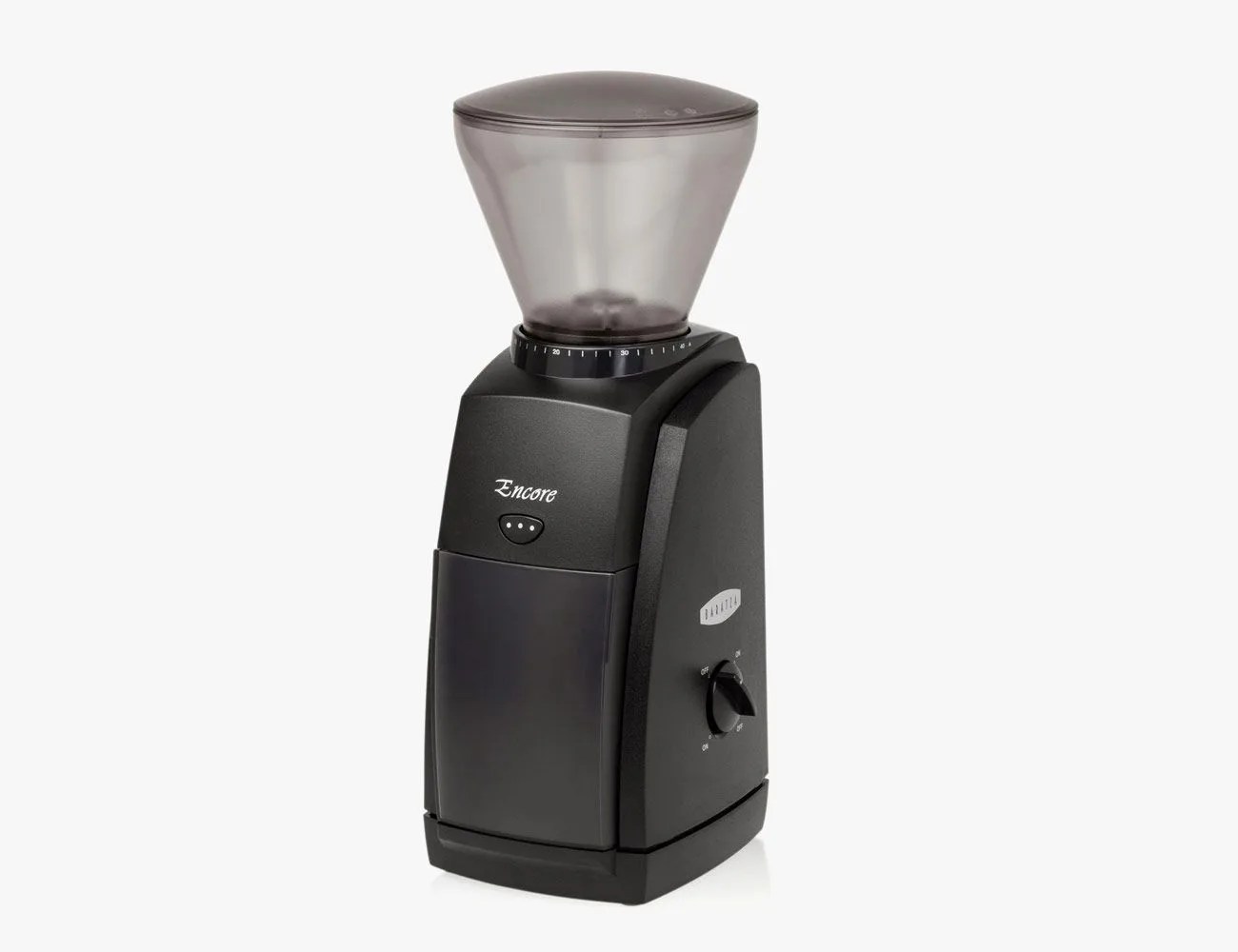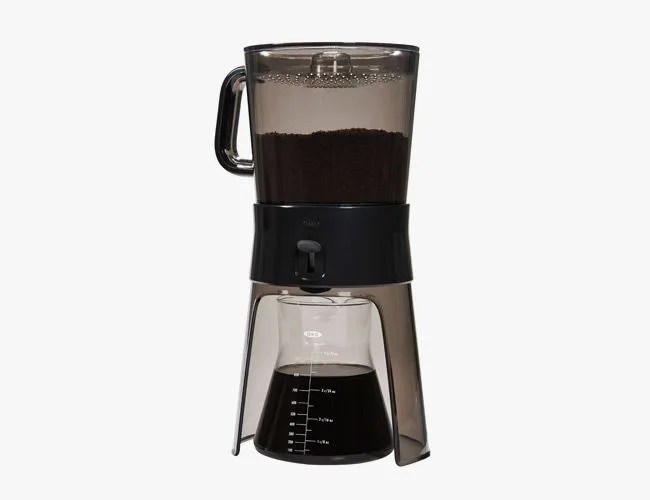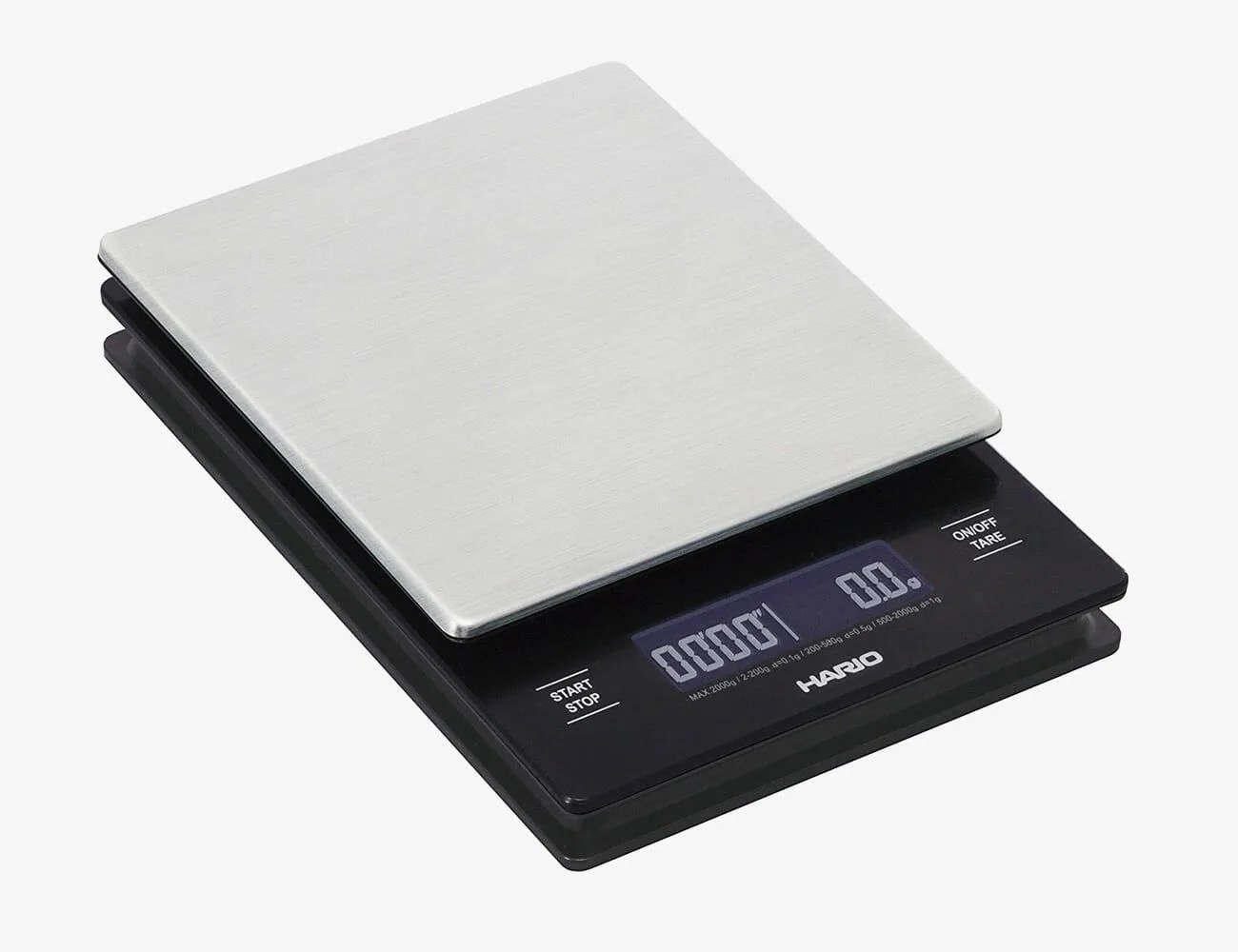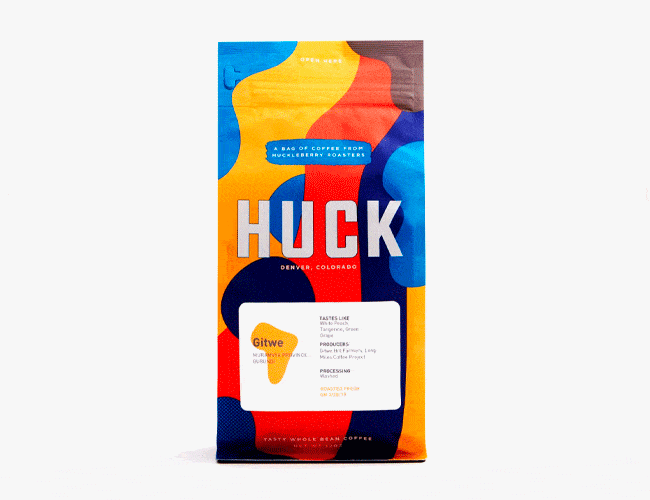This definitive guide to cold brew coffee explores everything you need to make it at home, including gear recommendations and a step-by-step recipe provided by a leading expert.
Cold-brewed coffee is made of the same stuff as its hot counterpart — water and ground coffee beans — and in much the same way. Brewing coffee comes down to the shifting and dynamic between seven elements; coffee-to-water ratio, water quality, coffee beans, grind setting, agitation, time and temperature. Only the last two are changed significantly when making cold brew coffee.
But the final product is radically different, and not in a mustachioed, wishy-washy sort of way. It’s richer, thicker and more intense than any other brew method out there. Most recipes and how-tos would have you (rightly) dilute the final product in loo of drinking what amounts to a coffee concentrate, especially when it is at its best — the summer.
“It’s probably the easiest brew method to perfect,” says former Verve shop manager and present coffee educator at Partners Cofee, Edward O’Hickey. “When you’re making a cup of hot coffee, the temperature of the water acts as a catalyst for extraction — pulling and dissolving solids from the grinds and into the cup — so extraction occurs faster.”
Where your typical home brewer will take five to 10 minutes, cold brew takes, at a bare minimum, 12 hours.
With cold brew, the entire process is slowed way, way down. Where your typical home brewer will take five to 10 minutes, cold brew takes, at a bare minimum, 12 hours.
Due to its relatively recent induction into the greater coffee zeitgeist, O’Hickey says there’s still plenty of misconceptions about what cold brew is and isn’t. He says there’s no real evidence to support the notion that it carries more caffeine, and that there isn’t any more or less coffee matter in a cup of cold brew than there is a cup of regular old hot coffee. And, perhaps most useful to our interests, it’s not even slightly difficult to make.




